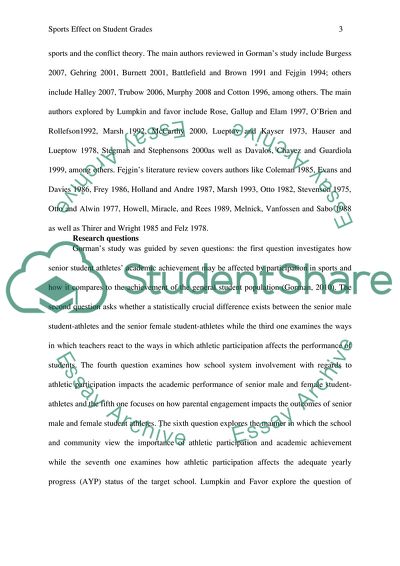Cite this document
(Sports Effect on Student Grades Literature review Example | Topics and Well Written Essays - 1750 words, n.d.)
Sports Effect on Student Grades Literature review Example | Topics and Well Written Essays - 1750 words. https://studentshare.org/education/1831973-sports-effect-on-student-grades
Sports Effect on Student Grades Literature review Example | Topics and Well Written Essays - 1750 words. https://studentshare.org/education/1831973-sports-effect-on-student-grades
(Sports Effect on Student Grades Literature Review Example | Topics and Well Written Essays - 1750 Words)
Sports Effect on Student Grades Literature Review Example | Topics and Well Written Essays - 1750 Words. https://studentshare.org/education/1831973-sports-effect-on-student-grades.
Sports Effect on Student Grades Literature Review Example | Topics and Well Written Essays - 1750 Words. https://studentshare.org/education/1831973-sports-effect-on-student-grades.
“Sports Effect on Student Grades Literature Review Example | Topics and Well Written Essays - 1750 Words”. https://studentshare.org/education/1831973-sports-effect-on-student-grades.


